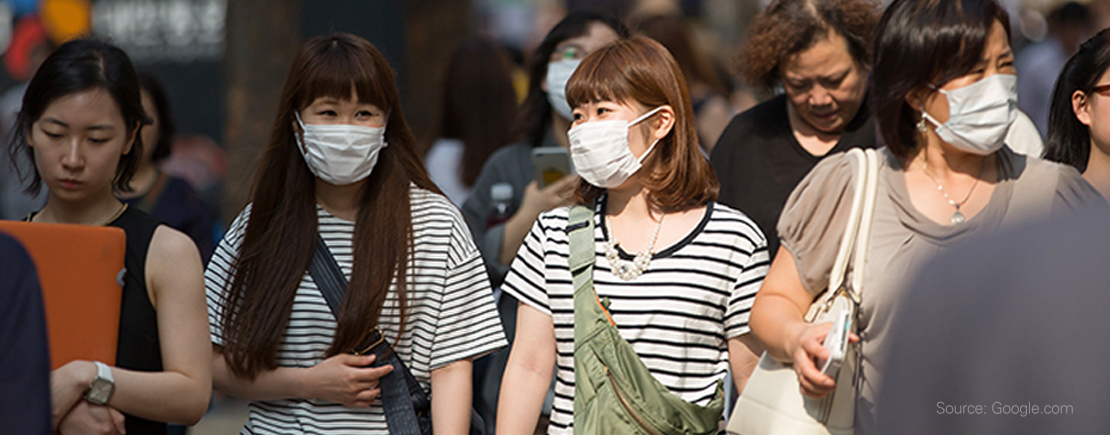How Can Someone Catch Coronavirus ?
According to the World Health Organization (WHO), the COVID-19 virus can be transmitted from one person to another through several ways including physical contact, droplets, air, fomite (contaminated surface) as well as human waste (fecal-oral). Check the explanations below on the transmission or spread of the COVID-19 virus that you need to know.
1. Contact and Droplets Transmission
 The coronavirus can be transmitted if there is direct or indirect contact from an infected person through droplets such as saliva. The droplets that contain this virus can come out when an infected person is coughing, sneezing, talking or singing. The transmission itself can occur when a person is within a distance of approximately 1 meter with an infected person, and has respiratory symptoms such as coughing or sneezing, which can reach the mouth, nose, or eyes of people who are vulnerable, which results in infection.
The coronavirus can be transmitted if there is direct or indirect contact from an infected person through droplets such as saliva. The droplets that contain this virus can come out when an infected person is coughing, sneezing, talking or singing. The transmission itself can occur when a person is within a distance of approximately 1 meter with an infected person, and has respiratory symptoms such as coughing or sneezing, which can reach the mouth, nose, or eyes of people who are vulnerable, which results in infection.
2. Air Transmission
 WHO states that the coronavirus can also spread through small particles floating in the air. Airborne transmission of the virus may occur during medical procedures that produce aerosol. Susceptible people can inhale aerosols, and can be infected if the aerosols contain enough virus to cause infection in the receiver’s body. The possibility of aerosol transmission can also occur in a fairly crowded room, which combined with droplet transmission.
WHO states that the coronavirus can also spread through small particles floating in the air. Airborne transmission of the virus may occur during medical procedures that produce aerosol. Susceptible people can inhale aerosols, and can be infected if the aerosols contain enough virus to cause infection in the receiver’s body. The possibility of aerosol transmission can also occur in a fairly crowded room, which combined with droplet transmission.
3. Contaminated Surface
 The next transmission type is when a person touches a surface that may have been contaminated with the virus from a person who coughs or sneezes, then the virus is transferred to the nose, mouth or eyes of the person who touched the contaminated surface. According to some studies, the coronavirus can last for 2 to 3 days on certain surfaces. Therefore, you must be diligent in cleaning various surfaces and avoid touching your eyes, nose and mouth before washing your hands.
The next transmission type is when a person touches a surface that may have been contaminated with the virus from a person who coughs or sneezes, then the virus is transferred to the nose, mouth or eyes of the person who touched the contaminated surface. According to some studies, the coronavirus can last for 2 to 3 days on certain surfaces. Therefore, you must be diligent in cleaning various surfaces and avoid touching your eyes, nose and mouth before washing your hands.
4. Fecal-Oral
 There are studies that show that coronavirus particles are also found in the faeces of infected people, such as urine and feces. However, WHO said that until now, the level of transmission through human waste was still low, or it was not the main transmission effort for the virus.
There are studies that show that coronavirus particles are also found in the faeces of infected people, such as urine and feces. However, WHO said that until now, the level of transmission through human waste was still low, or it was not the main transmission effort for the virus.



